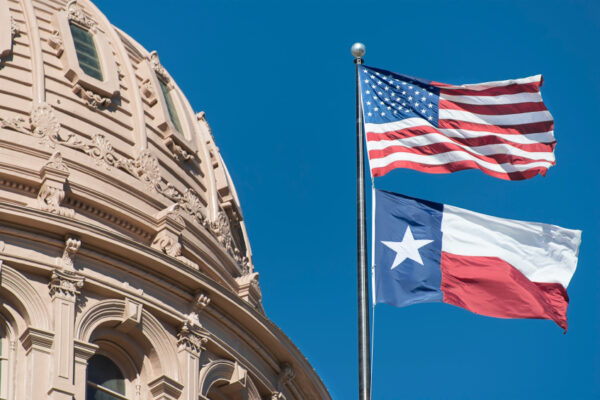Texans are being hammered at the pump with gas exceeding $4.50 per gallon. Grocery prices have skyrocketed in recent months with expectations only higher for the future. While some households have received raises, few are seeing their salaries come close to keeping up with inflation.
With all of this, however, there are ways the state of Texas can help ameliorate the fiscal pressure on its residents right now.
One such example is the state ensuring the lowest possible financing costs, which are fully paid by Texas residents, are realized on billions of bonds to pay the costs of the historic 2021 winter storm. This may seem like a wonky issue but it is both timely and significant in terms of its financial implications.
As a result of the cataclysmic spike in electricity and natural gas prices caused by the storm, the Texas legislature wisely authorized the sale of bonds by the state and utility providers.
These financings involve affected utilities or Texas government entities selling long-term bonds to pay for the increase in electricity and natural gas costs caused by the storm. The bonds are then repaid by ratepayers over time, sometimes as long as 30 years, through a separate monthly charge on their utility bills.
The financings effectively spread the cost of the increases in electricity and gas prices from the winter storm over time reducing the financial burden on ratepayers. In the absence of this bonded debt, ratepayers would be on the hook to immediately pay tens of billions in these utility costs, which would have crushed many household budgets.
Now, like all borrowing, the trick to getting the biggest bang for the taxpayer buck is to realize the lowest interest rate possible on the bonds. Since the payments on this debt are simply passed through from the utility to the ratepayer, a lower interest rate on the financing will result in smaller monthly charges to Texas residents. Conversely, a higher rate leads to a larger monthly payment.
Thus, realizing the lowest financing cost on these bonds will ensure that Texans are financially burdened the least amount possible in paying the bill on the 2021 winter storm.
It is crucial that the utilities and the government agencies and commissions selling and overseeing these financings are vigilant in their pricing and execution. In fact, such vigilance is statutorily mandated for these types of electric utility bonds by the Texas Public Utility Regulatory Act.
Unfortunately, based on a recent utility bond sale, Texas ratepayers should be concerned that they may not be receiving the lowest cost on these transactions.
Simply put, there are some finance best practices seemingly absent (or at least not disclosed) in the pricing of this debt, including the process for establishing lowest cost. At the very least, this particular utility financing would have benefited from greater transparency to assess the transaction’s results.
For many of us, bond pricing is “in the weeds” but it is a very salient issue right now with over $2 billion in electricity bonds authorized but not yet sold. In addition, the Texas Public Finance Authority plans to sell $3.4 billion in debt, one of the largest bond sales expected in the US municipal market this year, to finance natural gas costs related to the winter storm.
These financings will significantly impact the utility costs of Texas residents for decades to come.
For example, $5.4 billion in 20-year bonds sold with a 0.50% lower interest rate (e.g., 3.5% instead of 4.0%), would produce approximately $540 million in nominal interest cost savings over 20 years that would benefit Texas utility ratepayers. Moreover, the alternative in not realizing these savings is $540 million in additional interest payments made by millions of regular Texans to investors. People should be very concerned about such likely upwards transfer of resources.
Texans are watching every penny they spend these days. We must demand that Texas governments and the utilities they oversee do the same.
Martin J. Luby is an associate professor at the Lyndon B. Johnson School of Public Affairs at The University of Texas at Austin. He is also a registered municipal advisor to state and local governments.
A version of this op-ed appeared in the Dallas Morning News, Lubbock Avalanche-Journal, Austin American-Statesman and the San Antonio Express News.




